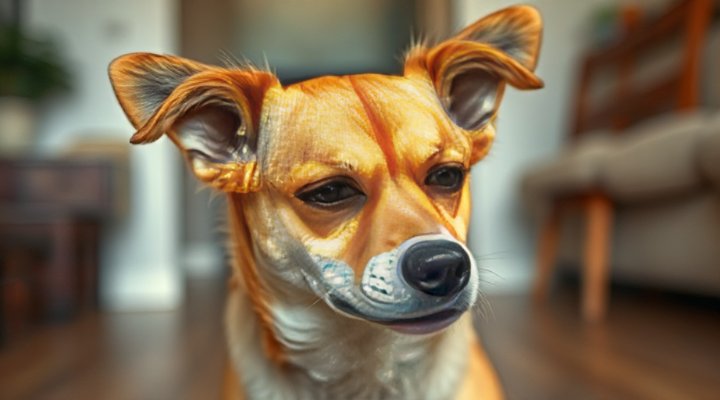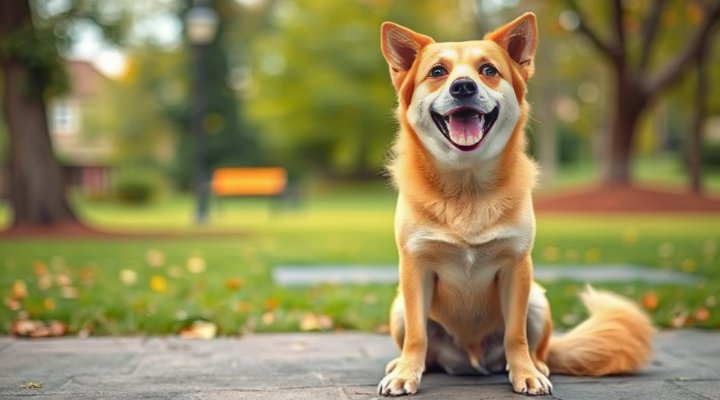If you’re searching for a ‘dog behaviorist near me for aggressive dogs,’ you’re likely dealing with a challenging situation. Aggressive behavior in dogs can stem from various causes, including fear, territorial instincts, or past trauma. A professional dog behaviorist can help identify the root cause and develop a tailored training plan to improve your dog’s behavior and social skills. This article will guide you through the process of finding the right expert, understanding their methods, and what to expect during the training process.

Understanding Aggressive Behavior in Dogs
Aggression in dogs can manifest in many ways, from growling and snapping to more severe behaviors like biting. It’s essential to recognize the signs early and seek professional help. For instance, my neighbor’s dog, Max, started showing aggression after a traumatic encounter with another dog. With the help of a qualified dog behaviorist, Max learned to overcome his fears and now enjoys playdates at the park.
Common causes of aggression include:
- Fear or anxiety
- Territorial instincts
- Past trauma or abuse
- Lack of socialization

How to Find a Qualified Dog Behaviorist Near You
Finding the right dog behaviorist for aggressive dogs requires some research. Start by asking your veterinarian for recommendations or checking online reviews. Look for certifications from reputable organizations like the American Veterinary Society of Animal Behavior (AVSAB). Additionally, consider their experience with aggressive dogs and their training methods.
Here are some steps to follow:
- Ask for recommendations from your vet or local pet community.
- Check online reviews and testimonials.
- Verify certifications and training methods.
- Schedule a consultation to discuss your dog’s specific needs.

What to Expect During the Training Process
Working with a dog behaviorist for aggressive dogs typically involves an initial assessment, followed by a customized training plan. The behaviorist will observe your dog’s behavior, identify triggers, and teach you techniques to manage and reduce aggression. Consistency is key, and you’ll likely need to practice these techniques at home.
For example, my friend’s dog, Luna, was reactive to other dogs. Her behaviorist used positive reinforcement to gradually desensitize her to other dogs, starting with distant sightings and slowly decreasing the distance over time. Luna is now much more relaxed around other dogs.

Tips for Managing Aggressive Behavior at Home
While professional help is crucial, there are steps you can take at home to manage your dog’s aggression. Ensure your dog gets enough exercise and mental stimulation, as boredom can exacerbate aggressive tendencies. Avoid punishing aggressive behavior, as this can increase fear and anxiety. Instead, focus on rewarding calm and positive behaviors.
For more tips on managing your dog’s behavior, check out our article on service dog training for anxiety.
Conclusion
Finding a ‘dog behaviorist near me for aggressive dogs’ can be a game-changer for both you and your furry friend. With the right professional help, your dog can learn to manage their aggression and enjoy a happier, more relaxed life. Remember, patience and consistency are key, and the results are well worth the effort.
For further reading, visit the ASPCA website for resources on dog behavior and training.
